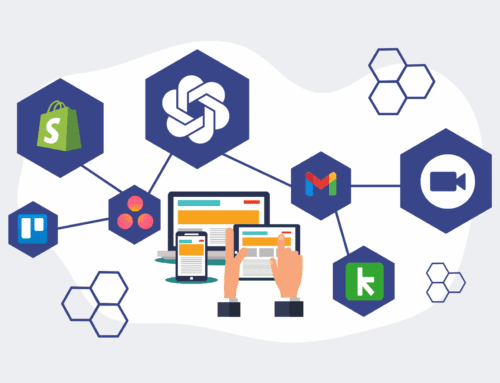How to Leverage Parsed Data for Personalized Candidate Outreach: A Recruiter’s Step-by-Step Guide
In today’s competitive talent landscape, generic candidate outreach simply doesn’t cut through the noise. Recruiters must adopt more strategic, personalized approaches to attract and engage top talent. The key lies in effectively utilizing the rich, structured data extracted from resumes and applications through parsing technologies. This guide provides a clear, actionable framework for recruiters to transform raw parsed data into highly targeted, compelling outreach campaigns that resonate with individual candidates and significantly improve response rates.
Step 1: Define Your Outreach Objectives
Before diving into the data, clearly articulate what you aim to achieve with personalized outreach. Are you looking to increase application rates, build a talent pipeline, or re-engage passive candidates? Your objectives dictate which data points are most relevant. For instance, targeting senior roles prioritizes experience levels and previous company types, while niche technical roles require specific skill keywords and certifications. Establishing these upfront ensures your efforts are focused, measurable, and aligned with broader recruitment strategy, preventing wasted time on irrelevant data analysis.
Step 2: Select and Integrate Your Resume Parser
The foundation of effective data-driven outreach is a robust resume parsing solution. Choose a parser that accurately extracts and categorizes information like contact details, work experience, education, skills, and certifications. Seamless integration with your Applicant Tracking System (ATS) or CRM is crucial, ensuring parsed data is immediately available for segmentation and communication. Invest time in configuring the parser to recognize industry-specific jargon and unique data points relevant to your hiring needs, maximizing data fidelity and utility within your specific recruitment context.
Step 3: Identify Key Data Points for Personalization
Once data is parsed and centralized, pinpoint the specific fields offering the most impactful personalization opportunities. Beyond basics like name and title, consider skills, industry experience, previous company size, duration in roles, educational institutions, or project experience. For a developer, mentioning specific programming languages or projects can be more engaging than a generic greeting. For a sales professional, highlighting CRM expertise or market success shows due diligence. The goal is to move beyond superficial details to insights that demonstrate a genuine understanding of the candidate’s professional journey and potential fit.
Step 4: Segment Candidates Based on Parsed Data
With key data points identified, segment your talent pool into highly specific groups. This might involve creating segments based on skill sets (e.g., “Python Developers with Cloud Experience”), industry tenure (“Marketing Managers with 5+ years in SaaS”), or geographic location combined with role experience. Advanced segmentation can even identify candidates likely to be a good cultural fit based on career progression patterns. The more granular your segmentation, the more precise and relevant your personalized messages can become, increasing the likelihood of a positive response. This transforms a large, undifferentiated pool into manageable, targeted outreach cohorts.
Step 5: Craft Personalized Outreach Messages
Now, leverage your segmented data to craft highly individualized outreach messages. Each message should directly reference specific parsed data points, showing the candidate you’ve genuinely reviewed their profile. Instead of “We saw your resume,” try “Your experience leading global marketing campaigns at [Previous Company] particularly caught our eye, especially your success with [Specific Achievement or Tool from Resume].” Connect their specific experience to your open role or company value proposition. This level of personalization makes candidates feel valued and understood, significantly increasing open rates, response rates, and ultimately, conversions. Use templates as frameworks to inject specific, data-driven details.
Step 6: Automate Outreach and Follow-Ups
While personalization is key, manual execution for every candidate is unsustainable. Implement automation tools (e.g., CRM sequences, email automation platforms) that dynamically insert parsed data points into pre-defined personalized templates. Set up automated follow-up sequences triggered by candidate engagement (e.g., opened email, clicked link, no response). This ensures consistent communication without overwhelming your team. Automation allows recruiters to scale personalized efforts, reaching a larger pool of qualified candidates efficiently while maintaining that crucial human touch. Prioritize tools that integrate seamlessly with your parsing and ATS systems for maximum efficiency.
Step 7: Analyze, Refine, and Optimize
Personalized outreach is an iterative process. Continuously track key metrics: email open rates, click-through rates, response rates, and ultimately, interview and hire rates. Analyze which personalized elements yield the best results. Are certain skill mentions more effective? Does referencing specific project types resonate more? Use A/B testing to compare different personalization strategies and message variations. Leverage this data to refine your parsing parameters, segmentation criteria, and message content. This continuous feedback loop ensures your personalized outreach strategy remains effective, adapting to market changes and maximizing your return on investment in recruitment technology.
If you would like to read more, we recommend this article: 5 AI-Powered Resume Parsing Automations for Highly Efficient & Strategic Hiring








